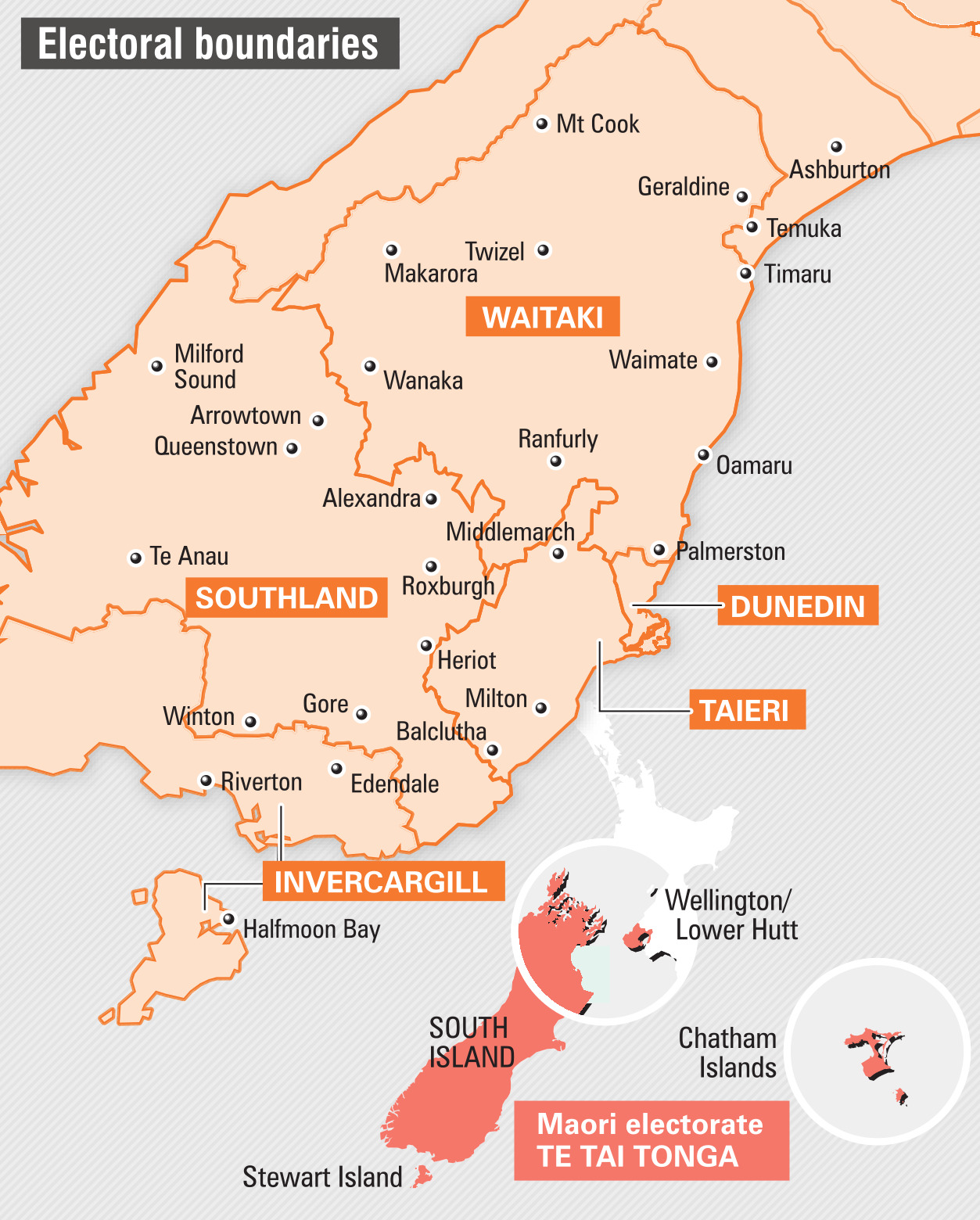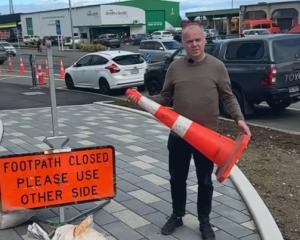

The panel of interested parties, experts and specialist academics was chaired by lawyer Deborah Hart and included Otago’s own Prof Andrew Geddis in its ranks.
They did not shirk their task either, having recently released a 324-page interim report for further discussion: none of their recommendations were intended to have any effect this election, and the extension of the consultation process means for certain that they will not.
That might sound like a weighty tome — and it is. But considering that the review received more than 1700 written submissions, held 58 meetings with organisations and individuals and three public meetings, as well as a range of hui, it’s remarkable that it’s "just" 324 pages. Constitutional geekery is alive and well it seems.
The review’s headline recommendations — a four-year parliamentary term, lowering the voting age to 16 and lowering the MMP threshold to 3.5% — have been well canvassed.
Interestingly, New Zealand First remains vehemently opposed to lowering the threshold from 5%, despite being the party most likely to benefit from any such change.
While it is a difficult analysis to make with certainty — more people might have opted to support a minor party if they had felt a lower threshold meant less of a prospect that their vote could be "wasted" — in the nine MMP elections we have had, in just four of them might a 3.5% threshold have made a difference. In two of those elections, 1999 (4.2%) and 2008 (4%) New Zealand First would have been back: in the other two, 1996 (Christian Coalition, 4.3%) and 2014 (the New Conservatives, 3.9%) would have won seats.
Winston Peters is nothing if not a conviction politician, and he has consistently said if any party, including his own New Zealand First, did not get 5% then they did not deserve to be in Parliament.
The panel’s most popular recommendation — at least among those who have ever had to read it — is likely to be its call for a "fundamental redraft" of the Electoral Act to make it as modern and accessible as possible. The law was last substantially reworked in 1993 and it remains to this day a frustrating document replete with confusing and poorly worded clauses.
For those of us in Te Waipounamu, one of the most interesting sections of the report concerns the number of seats in Parliament in general, and the number of seats in the South Island specifically.
The aforementioned Electoral Act mandates there must be 16 seats in the South Island, a fixed provision which has resulted in some very unusual placement of boundaries between seats.
The size of each electorate is largely dependent on population — about 60,000-70,000 people are meant to live in each electorate.
That is why West Coast-Tasman stretches the length of the South Island, and why Wānaka is in Waitaki while its near neighbour and community of interest Queenstown is in Southland, to name just two of the many weird and seemingly arbitrary placement of lines on the map.
There is a reasonable principle which underpins the 16 South Island seats. Many more New Zealanders live on the other side of Cook Strait and southerners do not want issues deeply concerning to them — hydro-power generation, rural land usage rules or water regulation to think of just three — decided by northerners without them having a say.
In 1996, when the first MMP election was held, there were 65 electorates. There are now 72, with more seats added in the North Island and for voters on the Maori roll, to reflect population growth.
The Electoral Act requires that the number of electorates change to reflect the population, but more electorates means less list seats ... and that undermines one of the rationales behind MMP, that drafting of party lists should enable greater representation of diverse communities and provide geographic spread within caucuses.
There have been frequent calls for the number of MPs to be cut: the review argues the opposite and proposed a fixed 60:40 ratio of electorate to list seats to maintain proportionality. That would mean as the population rose so would the number of MPs — the House of Representatives could be 130 strong in a couple of decades if projections are correct.
So, more MPs and more representation for us in the South then? You might hope so, but it won’t necessarily be so.
The review also considered, and rejected, unfixing the number of South Island general electorates. That would allow all electorates to remain equal in terms of the population, but modelling suggested that doing so could mean the South Island would lose an electorate from 2038 onwards rather than gain any extra representation.
Instead, North Islanders would complain that the South had too much representation: by 2044 southern electorates would each have about 76,000 people in them, but North Island and Māori electorates would have just over 80,000.
Equally, however, nothing would be done to resolve what the panel accepted was an issue, the geographically large electorates in the South.
What it has suggested might fix that — and given picking where people might choose to live in 20 years time is an inexact science it can only be a might — is that the threshold for the population change needed to trigger a boundary consideration be changed.
At the moment a 5% shift in either direction would trigger a boundary review: the Surveyor-general suggested a 10% tolerance would lead to more stability, better accommodate the topography of the Southern and possibly address concerns about electorates such as Southland being the same geographic size as several European countries.
Maybe you know better?
If so, the commission is still accepting comments on its draft so have at it.

Quite the trip
While we have been shivering with the frosty weather, Te Tai Tonga MP Rino Tirikatene has been sweltering in Singapore.
As Minister of State for Trade and Export Growth, Mr Tirikatene has spent a week sweating it out leading a delegation promoting Māori trade and investment and also firms led by local women.
He met with Singapore’s Minister of State for Trade and Industry Alvin Tan and discussed food security, supply chain resilience, green economy and the digital economy.
The city state is very small geographically but it is a big player in the New Zealand trade sector, a billion dollar player and the country’s eighth-biggest trade partner, which makes it well worth a visit.









